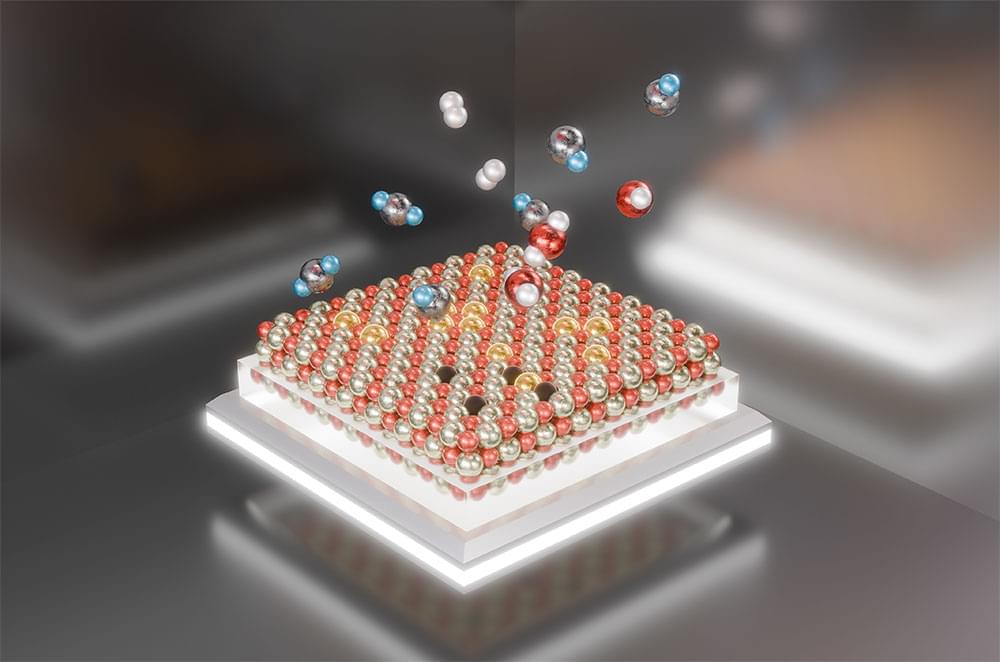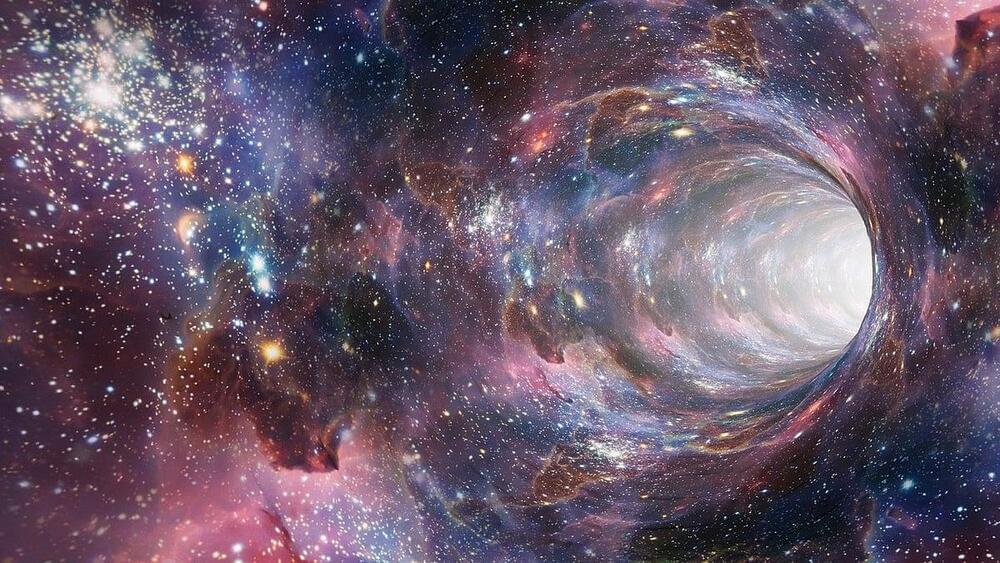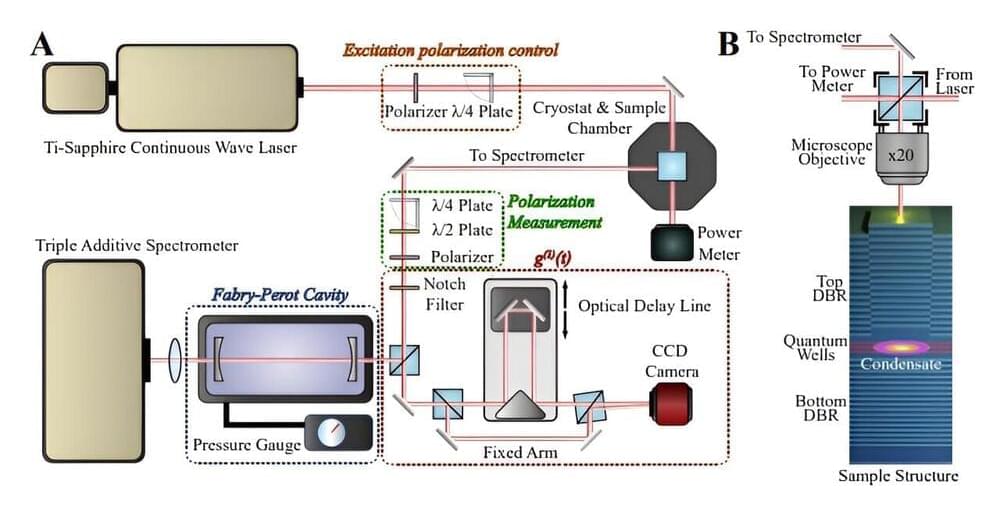Chemists at the U.S. Department of Energy’s (DOE) Brookhaven National Laboratory, Stony Brook University (SBU), and their collaborators have uncovered new details of the reversible assembly and disassembly of a platinum catalyst. The new understanding may offer clues to the catalyst’s stability and recyclability.
The work, described in a paper published in the journal Nanoscale (“Unravelling the origin of reaction-driven aggregation and fragmentation of atomically dispersed Pt catalyst on ceria support”), reveals how single platinum atoms on a cerium oxide support aggregate under reaction conditions to form active catalytic nanoparticles — and then, surprisingly, fragment once the reaction is stopped.
Fragmentation may sound shattering, but the scientists say it could be a plus.









